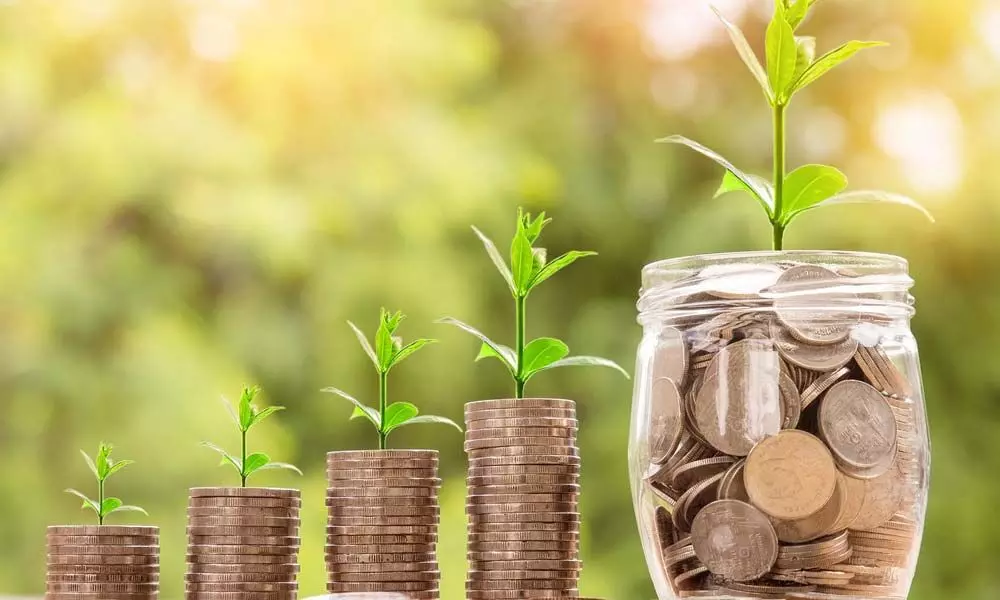Bond market twins show it's good to go green
Worldwide flows into exchange-traded equity and bond funds with ESG themes trebled last year to $89 billion and have risen from less than $10 billion in 2018, according to data compiled by Bloomberg Intelligence
image for illustrative purpose

Sheer volume of money flowing into the sector will boost its relative value
Portfolio managers are increasingly under pressure to demonstrate their green credentials, but they're understandably reluctant to risk losing clients if socially responsible investments turn out to be duds. I'm optimistic, though, that the sheer volume of money flowing into the sector will boost its relative value. And the German bond market is helping to make the argument that conscientious investing needn't come at the expense of returns.
In September, Germany became the latest nation to issue green bonds, selling 6.5 billion euros ($7.8 billion) of debt repayable in August 2030. Apart from their issue date and size outstanding, the securities are identical to an existing bund issue of 30.5 billion euros sold in June. So setting aside the green designation, the two debt issues are interchangeable. But the younger issue has consistently traded at a premium to its older, non-green peer.
Moreover, that premium has quadrupled since the green bond was priced, reaching a record of more than 0.4 point this week. That's a huge price differential for two ostensibly identical securities, and means investors who sold the vanilla bund and bought its more colourful counterpart have made a tidy profit from the switch. It's a good signal that issuers able to capitalize on green bond demand will increasingly achieve cheaper funding than is available on vanilla issues.
Investment firms have been ramping up their offerings of environmental, social and governance products. In Europe, about 8.2 per cent of the funds on offer are designated to be ESG compliant, compared with just 1.4 per cent in the U.S. and 0.9 per cent in Asia, according to Societe Generale SA. Globally, the total amount of assets allocated to such strategies is $1.6 trillion, a tenfold increase since 2017, the French bank said in a recent report.
While Europe is at the forefront of the shift to more socially aware capital allocation strategies, it's becoming more of a global phenomenon, with low cost index-tracking products helping to attract money into the sector. Worldwide flows into exchange-traded equity and bond funds with ESG themes trebled last year to $89 billion and have risen from less than $10 billion in 2018, according to data compiled by Bloomberg Intelligence. The global universe of this flavour of ETFs more than doubled to $218 billion last year.
The difficulties of classifying investments that are truly ESG compliant and the dangers of greenwashing notwithstanding, all of that money needs to find homes, and the fixed-income market is embracing the trend.
In Europe, ESG bond sales are off to a flying start. In the first six weeks of the year, issuance has almost doubled compared with the same period last year to surpass 50 billion euros, according to figures compiled by my Bloomberg News colleague Paul Cohen.
Moody's Investors Service predicts that global sales of this category of bonds will surge to $650 billion this year, an increase of a third over last year's record. At that pace, as much as 10 per cent of total bond sales could be ESG compliant, double the 2020 proportion, the rating company estimates.
Germany's twin bond issues provide the strongest evidence yet that investors are willing to pay more for environmentally friendly debt. Premium prices for ESG securities are good news for society and for the planet, as well as the future value of our nest eggs. Here's hoping greeniums continue to rise. (Bloomberg)

